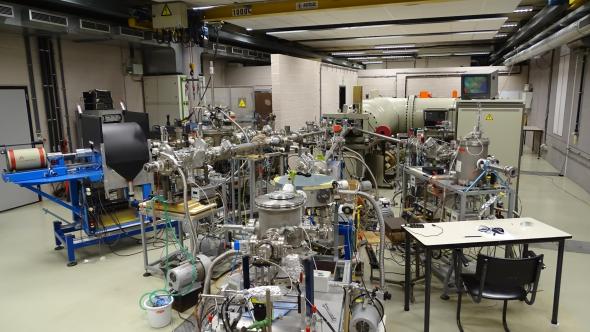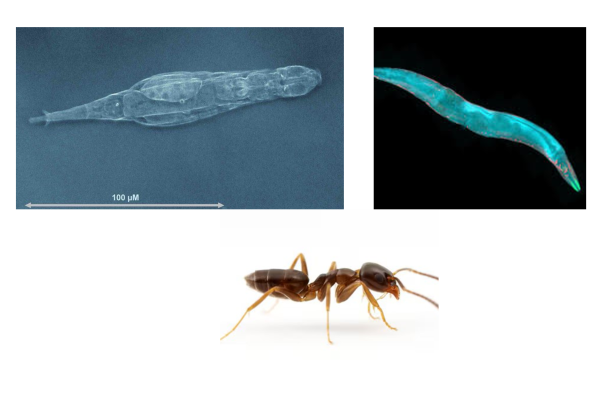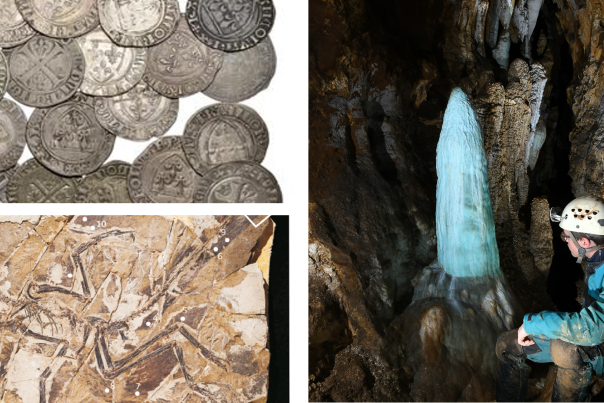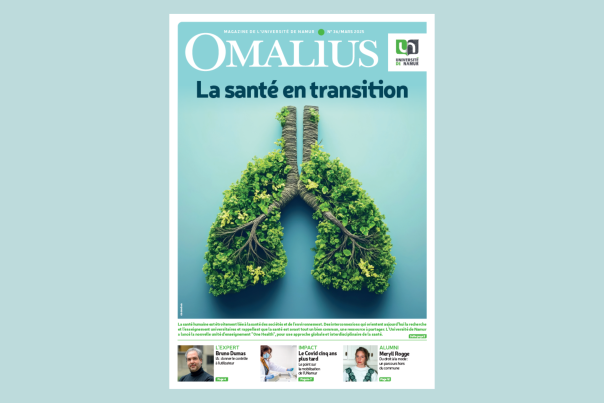ALTAïS - Penetrating the depths of matter to meet today's challenges
Founded some 50 years ago, the Laboratoire d'Analyse par Réactions Nucléaires (LARN) in the Department of Physics at the University of Namur is home to a 2MV tandem particle gas pedal named ALTAÏS (Accélérateur Linéaire Tandetron pour l'Analyse et l'Implantation des Solides), in operation since 1999.









